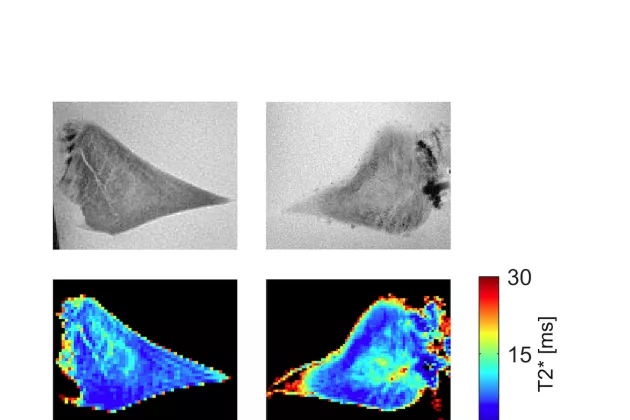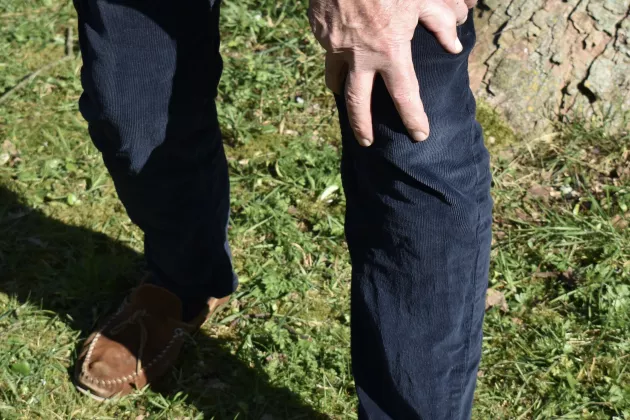The dissertation consists of four population-based studies using register data from Sweden, three of which have examined outcomes related to osteoarthritis. Specifically, they look at educational differences in mortality among osteoarthritis patients, the relationship between education level and surgical treatment of hip and knee osteoarthritis, and the prevalence of educational differences in surgical procedures and specialist visits related to knee and hip osteoarthritis.
Regarding mortality among osteoarthritis patients, educational differences in mortality were compared between osteoarthritis patients and people without osteoarthritis. The study included all people aged 45 or older with osteoarthritis living in Skåne between 1998 and 2013. The results showed that people with lower education, with or without osteoarthritis, have higher mortality compared to people with higher education, and that the observed inequalities among osteoarthritis patients reflect the inequalities in the population at large. Furthermore, the study's results showed that there is a higher burden of cardiovascular diseases among osteoarthritis patients compared to people without osteoarthritis. This result suggests that it is important to focus on preventive measures and treatment of cardiovascular disease in this group.
The relationship between education level and surgical treatment of knee and hip osteoarthritis was investigated by analyzing twin data. Using the Swedish Twin Registry, 67,071 twins were studied. The twin model allows investigators to take into account factors that twins in a twin pair share, such as genetics and early life environment. After adjusting for these shared factors, no relationship between education level and osteoarthritis surgery could be found. The result suggests that osteoarthritis prevention work should focus on factors other than education level.
The last study in the dissertation examined longitudinal changes in educational differences in osteoarthritis surgery and specialist visits related to knee and hip osteoarthritis in Sweden from 2001 to 2011. All individuals aged 35 and older living in Sweden during this period were included. The significance of sociodemographic factors (e.g. gender, age, country of birth, etc.) in explaining changes from 2001 to 2011 was also examined. The study populations for 2001 and 2011 consisted of 4,794,693 and 5,359,186 people, respectively. The results showed, among other things, that surgical procedures and specialist visits related to knee and hip osteoarthritis increased from 2001 to 2011, and that all outcomes were overrepresented among people with lower education throughout the study period.
The overall conclusion of the dissertation is that there are socioeconomic inequalities in fracture-related mortality and osteoarthritis-related outcomes in favor of people with higher socioeconomic status. The relationships and underlying mechanisms need to be investigated further in order to take steps to reduce the observed differences.




